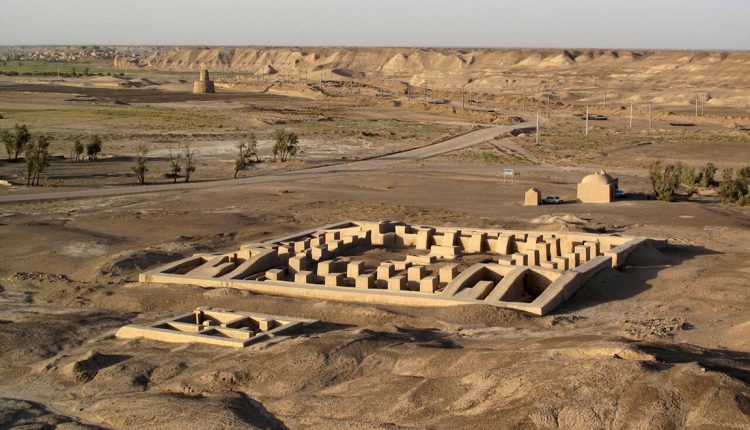The city of Dahaneh Gholaman in Sistan and Baluchestan
If you are searching for the glorious days of Achaemenids in Sistan and Baluchestan we suggest you visit the city of Dahaneh Gholaman near Zabol.
This city is the only large and main Achaemenid one in Iran which can tell you a lot about that era. The area is around 100 hectares having 1.5 kilometers long and 800 meters wide. The architects used clay and built the farms on top of the hills in order to fight against flood. The archeologists could not find any graveyard or life’s tools or instruments.
It is located in 45 kilometers from Zabol and two kilometers from Ghaleno village.
In 1960 this place was excavated accidently by an Italian team and since then there have been so many excavations done there.
In Achaemenid inscriptions the name of this place was mentioned as Zarak. It is said that in 545 and 539 B.C Cyrus the great conquered this region and while going to war against the Scythians the people of Zarak helped him survive from famine so Cyrus ordered to make them free from taxes and afterwards the people of Zarak became famous as Evergetae or the donators.
Many believe that Dhananeh Gholaman is the same city but some others disagree and believe that Zarak used to be somewhere else.
Just close to this city there is a gate from which the merchants used to transport slaves from Africa since 18th century that’s why it is called Dhaneh Gholaman which in Farsi means the gate of slaves.
Walking in its streets and alleys takes you to 2500 years ago. The northern part belonged to the nobles and the southern part to the ordinary people. They used to have ideologic, military, industrial and residential structures.
In south of the city there used to be a garrison which used to protect the city in war time.
The paintings were found there tell you the story of hunting and the animals they had in that era.
The discoveries show the people of this city had different occupations in various fields such as industry, trade, art, architecture, agriculture and animal husbandry.
In a period of 200 years people abounded the city and this behavior indicates a natural element as a force leverage to persuade people leave there.

